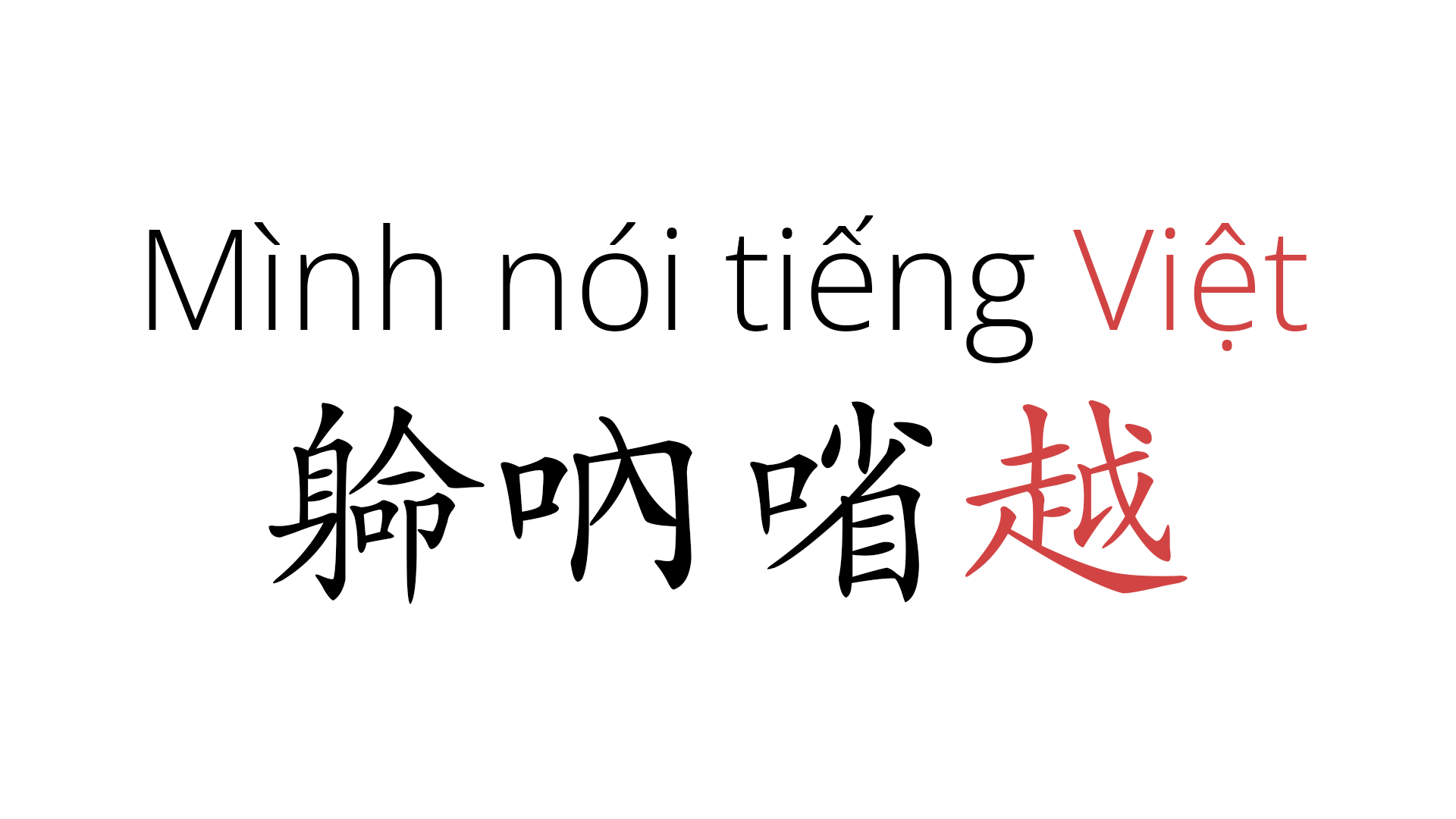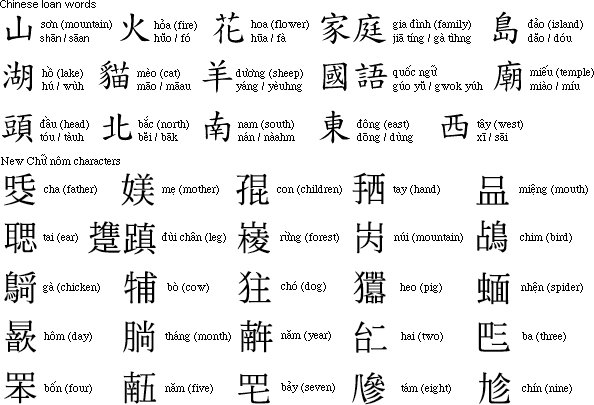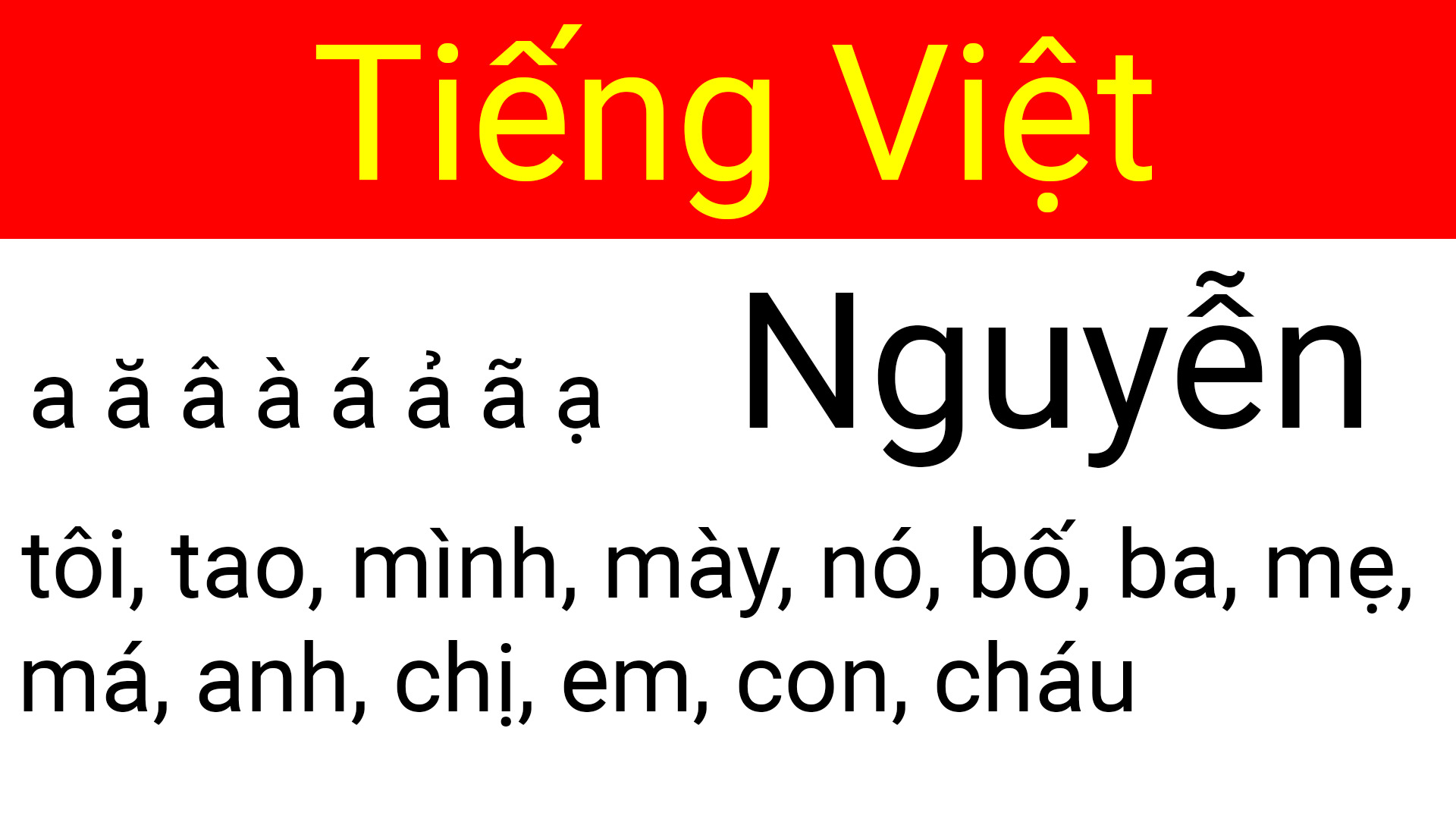The Vietnamese language has a rich and complex history that dates back thousands of years. Originating from the Austroasiatic language family, Vietnamese has evolved over time, influenced by various cultural and political forces that have shaped the country’s history.
One of the earliest known forms of Vietnamese was the Dong Son culture, which flourished in northern Vietnam and southern China from around the 8th century BCE to the 1st century CE. This ancient civilization left behind a wealth of artifacts, including bronze drums that feature inscriptions in a proto-Vietnamese script. These early linguistic traces suggest that the Vietnamese language has deep roots in the region, predating the arrival of Chinese influence.
The Chinese occupation of Vietnam, which lasted for over a millennium from the 2nd century BCE to the 10th century CE, had a significant impact on the development of the Vietnamese language. During this period, the Vietnamese language adopted many Chinese loanwords, particularly in the realms of government, literature, and academia. This linguistic borrowing led to the creation of a Vietnamese writing system that was based on Chinese characters, known as Chu Nôm.
Despite the strong Chinese influence, the Vietnamese people fiercely maintained their linguistic and cultural identity. The 11th century saw the rise of the Ly dynasty, which promoted the use of the Vietnamese language in official and literary contexts, further solidifying its status as a distinct language. This period also togelon login witnessed the emergence of the Nôm script, a Vietnamese-based writing system that used modified Chinese characters to represent the unique sounds and tones of the Vietnamese language.
Unique characteristics of the Vietnamese language
One of the most distinctive features of the Vietnamese language is its tonal nature. Unlike many other languages, Vietnamese has six distinct tones: the level tone (ngang), the falling tone (sắc), the rising tone (huyền), the dipping tone (ngã), the creaky tone (nặng), and the abandoned tone (hỏi). These tones not only add a musical quality to the language but also play a crucial role in differentiating words with the same spelling but different meanings.
For example, the word “ma” can have several different meanings depending on the tone used: “ma” (level tone) means “ghost,” “má” (falling tone) means “cheek,” “mà” (rising tone) means “but,” and “mả” (dipping tone) means “grave.” This tonal complexity can be particularly challenging for non-native speakers to master, as a single mispronunciation can completely alter the intended meaning of a word.
Another unique aspect of the Vietnamese language is its lack of grammatical gender. Unlike many European languages, Vietnamese does not have masculine or feminine forms for nouns, pronouns, or adjectives. Instead, the language relies on context and word order to convey meaning, making it more concise and streamlined in its structure.
Additionally, Vietnamese is an analytic language, meaning that it primarily uses word order and particles to convey grammatical relationships, rather than relying on inflections or conjugations. This linguistic feature can be both an advantage and a challenge for learners, as it requires a deep understanding of sentence structure and the nuances of word placement.

Importance of the Vietnamese language in Vietnamese culture
The Vietnamese language is not just a means of communication; it is a vital component of the country’s rich cultural heritage. The language is deeply intertwined with the Vietnamese people’s sense of identity, history, and traditions.
One of the most significant ways the Vietnamese language is embedded in the culture is through its literature and poetry. The Nôm script, which was widely used in the pre-colonial era, gave rise to a vibrant literary tradition that explored themes of love, nature, and the human experience. Classic works such as the epic poem “The Tale of Kieu” by Nguyen Du and the philosophical treatises of Nguyen Trai have become cornerstones of Vietnamese cultural identity.
The Vietnamese language is also closely tied to the country’s rich culinary heritage. Many traditional Vietnamese dishes and ingredients have names that reflect the language’s unique linguistic characteristics. For instance, the popular noodle dish “phở” is believed to have originated from the French word “pot-au-feu,” but over time, it has become an integral part of Vietnamese cuisine and culture, with its name firmly rooted in the Vietnamese language.
Moreover, the Vietnamese language is a unifying force for the country’s diverse population. With over 54 ethnic minority groups, Vietnam is a culturally and linguistically diverse nation. However, the Vietnamese language serves as a common thread that binds these communities together, allowing for effective communication, cultural exchange, and the preservation of shared traditions.
Vietnamese language learning resources
As the Vietnamese language gains more and more recognition worldwide, undoubtedly the demand for learning resources rises accordingly. No matter if you are a student, in the middle of your gap year or finished studies working as an expat all these offers and resources will guide on how to master Vietnamese.
Online language learning platforms are one of the most convenient ways to start your Vietnamese journey as it can help with self-studying, on top of being available and well-used. Without any more further ado, here are some websites that you can find online on how to learn Vietnamese quickly at your own pace and schedule; Websites likeDuolingoBabbelSun StoneThese sites offer interactive lessons so simple with vocabulary builders as well as conversational practice. Including everything from recordings of spoken audio to visual aids and even gamification elements that make the learning process more engaging, often in an e-learning format.
If you prefer a formal way of learning then there are many books and language learning material available online or on the bookstore. Well-known textbooks such as “Vietnamese for Beginners” by Binh Nhu Ngo, and :Complete Vietnamese: The Basics”, or just want something more structured than smattering of words from YouTube last week on any topic imaginable.
Alongside the traditional learning resources there is also an increasing number of mobile apps and podcasts being designed to teach Vietnamese. Many of these tools are interactive and include native speakers talking, which lets you practice your pronunciation or listening. People that want to learn some Vietnamese on the road have their pick of suitably named apps like “Learn Vietnamese” and podcasts including: Learn Vietnamese with Annie
Tips for learning the Vietnamese language
Learning the Vietnamese language can be a rewarding but challenging endeavor, especially for those who are new to tonal languages. However, with the right strategies and a bit of persistence, anyone can become proficient in this vibrant language. Here are some tips to help you on your Vietnamese learning journey:
- Focus on pronunciation and tones: As mentioned earlier, the tonal nature of Vietnamese is one of the most challenging aspects for non-native speakers. Spend time practicing the six different tones, and be mindful of how small changes in pitch can dramatically alter the meaning of a word. Listening to native speakers and trying to imitate their intonation can be extremely helpful.
- Immerse yourself in the language: The more you expose yourself to Vietnamese, the faster you’ll be able to internalize the language. Listen to Vietnamese music, watch Vietnamese movies or TV shows, and try to surround yourself with the language as much as possible. This immersive approach will help you become more comfortable with the rhythm and flow of the language.
- Practice conversational skills: While understanding the grammar and vocabulary is important, the ultimate goal of language learning is to be able to communicate effectively. Seek out opportunities to practice your Vietnamese with native speakers, whether it’s through language exchange programs, local meetups, or online conversation partners. This will help you gain confidence and improve your fluency.
- Utilize various learning resources: Combine different learning resources, such as textbooks, online lessons, and mobile apps, to create a well-rounded learning experience. Each resource may have its own strengths and weaknesses, so by using a variety of tools, you can cater to your unique learning style and reinforce your understanding of the language.
- Be patient and persistent: Learning a new language, especially one as unique as Vietnamese, takes time and dedication. Don’t get discouraged if progress seems slow at first. Celebrate small victories, and be patient with yourself as you navigate the challenges of learning a tonal language. With consistent practice and a positive mindset, you’ll be well on your way to mastering Vietnamese.

Challenges of learning Vietnamese as a second language
The Vietnamese language has a rich and hermetic cultural background for learners but it also comes with some tough tasks that make the learning process harder as well.
The tone system is a pitfall for many who learn Chinese as a second language. Oh, and also those 6 different tones in Vietnamese (for those of you not familiar with tone languages, they can be a pain to learn as one may have the right consonant / vowel combination but get stuck on just that same thing) — so even for me one incorrect pronunciation could womp smash swishypoo into another word entirely. For learners who are fluent in some non-tonal languages, this can be an especially frustrating use of time.
The writing system provides additional struggles. The modern Vietnamese alphabet, quốc ngữ is a Latin-based script with accents and diacritics used to account for tones in the language For those who do not know this system, Vietnamese can be an enormous problem in writing.
Moreover, as many Vietnamese have not been exposed to other languages in their daily lives for instance there is no grammatical gender – the analytic nature of such language can make it difficult for foreign learners more familiar with Indo-European word order logic. Using word order, particles and no inflections or conjugations to get across a point requires understanding of sentence structure as well linguistics nuances.
In addition, Vietnam boasts a broad array of dialects and accents depending on the region you are in can make learning even more difficult. Although the Hanoi-based standard variety is usually taken to be most prestigious, there are quite pronounced differences in pronunciation (including new and influential regional accents), vocabulary, grammar among different regions of Vietnam. These regional differences can be difficult for language learners to navigate.
The good thing however is that the benefits of learning Vietnamese outweigh whatever disadvantages there are you may have to face. Learners are able to develop a better understanding of humanities such as the Vietnam war, and also appreciate how incredibly resilient this nation is after having gone through so much tragedy.
The global impact of the Vietnamese language
The Vietnamese is extending its reach beyond the limits of any nation and has started to have a worldwide influence. In addition to being spoken as a first or second language by many people in Vietnam itself, the Vietnamese language is also taught and studied in universities around the world. And with Vietnam becoming more economically influential (and its culture continuing to fascinate space-filling papers), demand for speakers of Vietnamese has witnessed increase too – enough that on-the-ground observer predicts we are about 25-30 years away from an English-style polymaths supremacy got licked at our own game again!
Although some sectors of the Vietnamese economy have gained an international profile, one area in which usage has been prominent is that of business and commerce. Vietnamese is used in businesses and companies from across the globe, as Vietnam’s economy races forwards becoming more integrated to global business every day. There is increased demand for Vietnamese language training as more and more multinational companies establish a presence in Vietnam, while small businesses already based here slowly shed their expat status.
In addition, Vietnamese has been growing in popularity within the tourism field as some of the most spectacular landscapes are showcased all around – cities brimming with energy and enthusiasm draw visitors both domestically and internationally. Tour operators, hoteliers and travel agents are now offering services in Vietnamese language to accommodate more Vietnamese-speaking visitors. Therefore, resources for language learning have been created as well as teaching of the Vietnamese to students on subjects like Hospitality and Tourism.
Additionally, the vietnamese caused to become an important tool in international relations and diplomacy. With Vietnam’s increasing global stature, being able to communicate in Vietnamese language is relevant for foreign diplomats and UK government officials interested of the regionernes reach as well international organisations wanting influence with this emerging world player. This has resulted in the inclusion of Vietnamese language classes at various government institutions and other international organizations training programs, thus consolidating its position as a global competitor.
Vietnamese language preservation and revitalization efforts
Notwithstanding the increasing recognition of Vietnamese worldwide, there remain efforts to conserve and promote not least within Vietnam itself. These initiatives are to preserve Vietnamese, the beautiful language of this country and thrive in modernization-globalisation.
A key among them is Vietnamese language education. The Vietnamese authorities have introduced policies, and programs to enhance the teaching of Vietnamese in schools from elementary school to high-school level. This involves the construction of a full set of curricular objectives, training qualified Vietnamese language teachers and ensuring resources for education and popularization.
In the same vein, Vietnamese communities at home and abroad are also taking local initiatives to maintain and advocate for using the language. By organizing language classes, cultural events and a language exchange program (among other things), while creating digital resources or media content in Vietnamese. These activities not only contribute to the sustainability of language but also support national heritage preservation for Vietnamese people.
At the same time, Vietnamese language is becoming more present in many areas of today life from technology to media or arts and literature. For example, the advent of Vietnamese-language software along with mobile applications and social media have allowed for easier consumption and interaction in everyday contexts. Similarly, the ongoing production of Vietnamese-language literature, films and music has helped to preserve the language as an active legacy in which it is embedded.
It is these preservation and revitalization activities that keep the Vietnamese language alive, growing… the symbol of a thousand years for resilience through cultural ties. Protecting the language means that Vietnamese are not only protecting who they are but also preserving a precious, unique piece of world linguistic heritage.

Conclusion: Celebrating the resilience of the Vietnamese language
The Vietnamese language is a testament to the resilience and determination of the Vietnamese people. Through centuries of cultural and political upheaval, the language has endured, adapting and evolving to become a vital part of the country’s cultural identity.
From its ancient roots in the Dong Son culture to its modern-day global influence, the Vietnamese language has weathered the storms of history, emerging stronger and more vibrant than ever before. Its unique tonal characteristics, its rich literary tradition, and its role as a unifying force for the nation’s diverse population all contribute to its enduring legacy.
As the world becomes increasingly interconnected, the importance of the Vietnamese language continues to grow. Whether it’s in the realm of business, tourism, or international relations, the ability to communicate effectively in Vietnamese has become a valuable asset, opening up new opportunities for cultural exchange and understanding. If you like reading this article then please consider reading our article about Angkor Wat.





